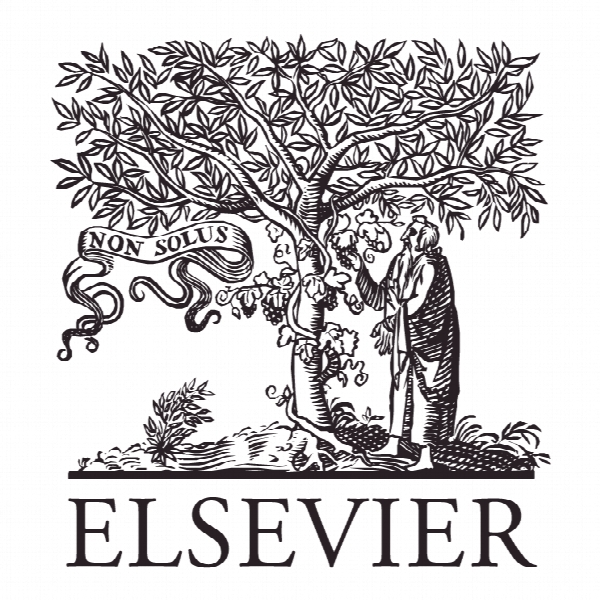تاثیر مقررات ایمنی بر تولید کنندگان و کاربران ماشین آلات صنعتی: سیاست های ایمنی صنعتی کره Effectiveness of Direct Safety Regulations on Manufacturers and Users of Industrial Machines: Its Implications on Industrial Safety Policies in Republic of Korea
- نوع فایل : کتاب
- زبان : انگلیسی
- ناشر : Elsevier
- چاپ و سال / کشور: 2018
توضیحات
رشته های مرتبط مهندسی صنایع
گرایش های مرتبط ایمنی صنعتی و تولید صنعتی
مجله ایمنی و بهداشت در محل کار – Safety and Health at Work
دانشگاه Department of Mechanical Systems Engineering – Hansung University – Republic of Korea
منتشر شده در نشریه الزویر
کلمات کلیدی مقررات مستقیم، گواهینامه ایمنی، تنظیمات دستگاه ایمنی، بازرسی ایمنی
گرایش های مرتبط ایمنی صنعتی و تولید صنعتی
مجله ایمنی و بهداشت در محل کار – Safety and Health at Work
دانشگاه Department of Mechanical Systems Engineering – Hansung University – Republic of Korea
منتشر شده در نشریه الزویر
کلمات کلیدی مقررات مستقیم، گواهینامه ایمنی، تنظیمات دستگاه ایمنی، بازرسی ایمنی
Description
1. Introduction Despite considerable efforts made in recent years, the industrial accident rate (defined as the number of injuries and deaths per 100 workers or employees) and the fatality rate (defined as the number of deaths per 100,000 workers or employees) in the Republic of Korea are much higher than those in most developed countries in Europe and North America [1]. Statistical analysis further revealed that 76.92% of all industrial accidents associated with industrial machines (hereafter referred to as “items”) were caused by technical reasons in the Republic of Korea. For ease of interpretation, the term “industrial accidents” was used to indicate all industrial accidents that involved injuries or deaths or both in this study. Fig. 1 depicts a flow chart for cause analysis of industrial accidents associated with items. Causes of industrial accidents are first classified into technical ones, managerial ones, and educational ones at the highest level. These causes are further classified at subsequent levels. In 2009, 28,441 cases of industrial accidents associated with items were analyzed to classify their causes according to the flow chart in Fig. 1. Most of the industrial accidents caused by technical reasons were mainly due to defects of items, items without safety devices, or malfunctioning of safety devices attached to them, as shown in Table 1. Malfunction or defects of personal protection equipment account for only a small portion of those cases. Statistical analysis also showed that 59.66% (16,968 cases) among them were preventable. Managerial causes and educational causes were responsible for only 21.03% and 0.44% of all cases, respectively. Most of the technical causes can be resolved at the stage of manufacture, and subsequent elimination of sources of danger appear to be more effective than any other means for prevention of industrial accidents associated with items. Safety certification is, therefore, thought to play a key role in preventing industrial accidents associated with items. The importance of safety function of industrial machines was also important in other countries. A 2014 survey commissioned by the European Union Occupational Safety and Health Agency in collaboration with the Health and Safety Executive in the UK, e.g., explores how health and safety risks are managed at the workplace. The most common reported workplace risk was “machines or tools.” Compared with what we know about causes of injury, one in five of all fatal injuries in the sector over the past 5 years were due to contact with machinery and it accounts for over 10% of employerreported nonfatal injuries within the manufacturing sector [3]. Around 5% of employer-reported fatal and nonfatal injuries were due to contact with machinery within the construction sector [4].


